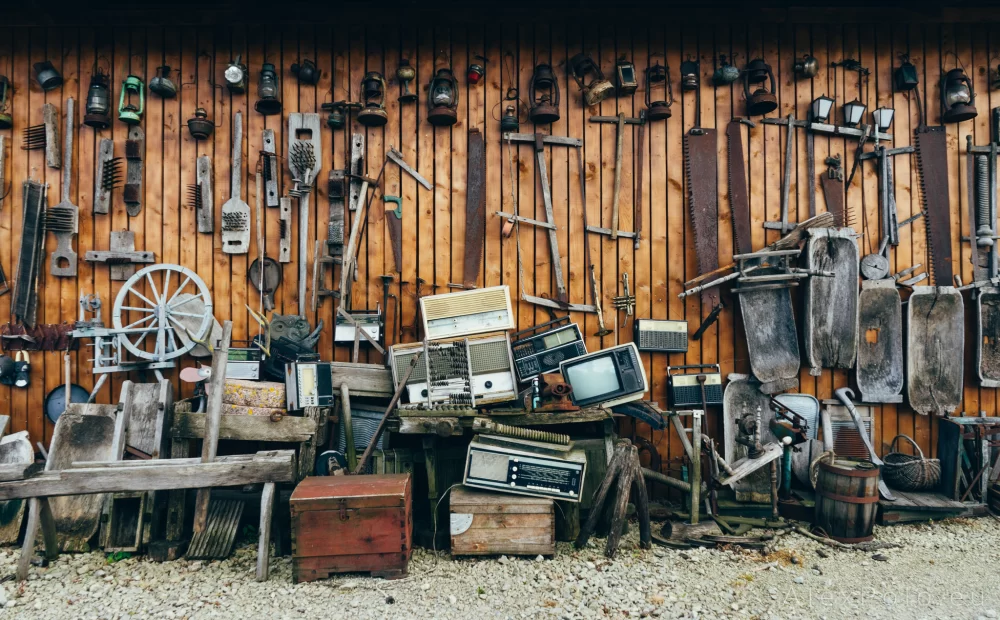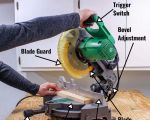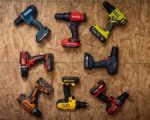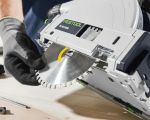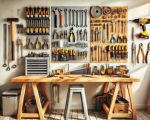- 1-Preparing-To-Sharpen-Chainsaw-Blades
- 2-Tools-Required-For-DIY-Chainsaw-Sharpening
- 3-Step-By-Step-Process-For-Sharpening-Chainsaw-Chains
- 4-Safety-Tips-When-Sharpening-Chainsaw-Blades-At-Home
- 5-Common-Mistakes-To-Avoid-During-Chainsaw-Sharpening
- 6-Maintaining-Your-Chainsaw-For-Optimal-Performance
Preparing to Sharpen Chainsaw Blades
Before diving into sharpening, proper preparation is essential. Start by cleaning the chainsaw chain thoroughly to remove dirt, sap, and oil that can interfere with sharpening. Inspect the chain for any damaged or missing teeth, as these should be replaced rather than sharpened.
Secure your chainsaw firmly on a stable surface using a vise or clamps to prevent movement during sharpening. This stability improves precision and safety. Understanding your chainsaw’s specifications, including the chain pitch and gauge, will guide you in selecting the appropriate sharpening tools.
Preparation sets the foundation for effective and safe sharpening, ensuring the best results for your chainsaw’s performance.
Tools Required for DIY Chainsaw Sharpening
Sharpening chainsaw blades at home requires specific tools tailored to the chain’s design. The most common tools include round files matching the chain’s pitch, a file guide to maintain the correct filing angle, flat files for raker adjustment, and a depth gauge tool.
Electric or battery-powered chain sharpeners offer convenience but require skill to avoid removing too much material. A good-quality sharpening kit typically includes all necessary components. Selecting the right tools helps maintain the chain’s integrity and extends its lifespan.
For those seeking the best tools and kits, ToolNest offers a curated selection to meet various sharpening needs and skill levels.
Step-by-Step Process for Sharpening Chainsaw Chains
Begin by positioning the round file into the cutter’s top plate at the recommended angle, usually between 25 and 35 degrees depending on your chain model. Push the file across the cutter with smooth, even strokes away from your body, maintaining consistent pressure and angle.
Sharpen every cutter on one side of the chain first, then rotate the chainsaw or move to the opposite side to sharpen the other cutters. Use the file guide to ensure accuracy. After sharpening, use the depth gauge tool to check and adjust the height of the rakers to prevent the chain from taking too large a bite.
Regularly check your progress, and ensure the cutters are sharpened evenly to maintain smooth cutting performance.
Safety Tips When Sharpening Chainsaw Blades at Home
Safety is paramount when working with sharp chains and files. Always wear protective gloves and eye protection to guard against metal filings and accidental slips. Ensure your workspace is well-lit and free from distractions.
Disconnect the chainsaw from power or remove the spark plug to prevent accidental starting. Secure the chain firmly and avoid excessive force that can cause the file to slip or break. Taking these precautions minimizes risks and helps you focus on precision sharpening.
Proper safety measures contribute to a successful and accident-free sharpening session.
Common Mistakes to Avoid During Chainsaw Sharpening
Many DIYers make the mistake of sharpening cutters unevenly, which causes vibration and inefficient cutting. Maintaining the correct filing angle and consistent pressure is crucial to avoid this issue. Another common error is neglecting the raker height adjustment, which can result in the chain digging too deep or not cutting effectively.
Avoid over-sharpening, which shortens the chain’s lifespan, and ensure the chain is clean before beginning. Rushing through the process often leads to poor results, so patience and attention to detail are essential.
Being mindful of these pitfalls improves the quality and durability of your chainsaw blade sharpening.
Maintaining Your Chainsaw for Optimal Performance
Beyond sharpening, regular maintenance keeps your chainsaw running smoothly. This includes cleaning the chain and bar, checking chain tension, lubricating moving parts, and inspecting the air filter and spark plug. Proper storage also protects the chainsaw from rust and damage.
Scheduled maintenance combined with timely sharpening ensures your chainsaw delivers efficient, safe, and reliable performance season after season. For recommended tools and maintenance products, ToolNest provides expert guidance and quality selections tailored for every chainsaw owner.
Investing time in upkeep preserves your tool’s functionality and extends its service life.

